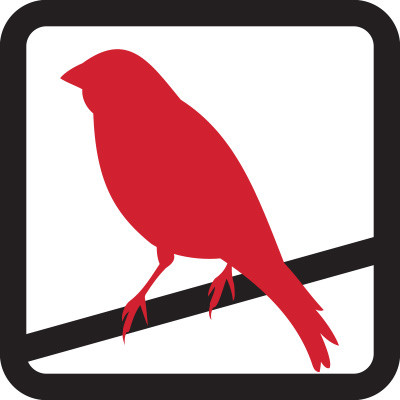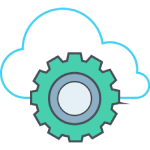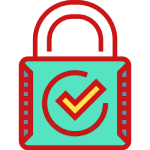
Description
Red Canary was founded to make security better. Company defends hundreds of organizations around the world, with customers ranging from global Fortune 100s to 100-endpoint organizations. Red Canary's cloud-based service levels the playing field for businesses of all sizes by empowering every defender to win against rapidly evolving adversaries.
Company's four pillars of security operations workflow — Record, Detect, Investigate, and Act — seamlessly integrate to deliver measurable improvement fast.
Source: https://www.linkedin.com/company/redcanary/about/
Company's four pillars of security operations workflow — Record, Detect, Investigate, and Act — seamlessly integrate to deliver measurable improvement fast.
Source: https://www.linkedin.com/company/redcanary/about/




